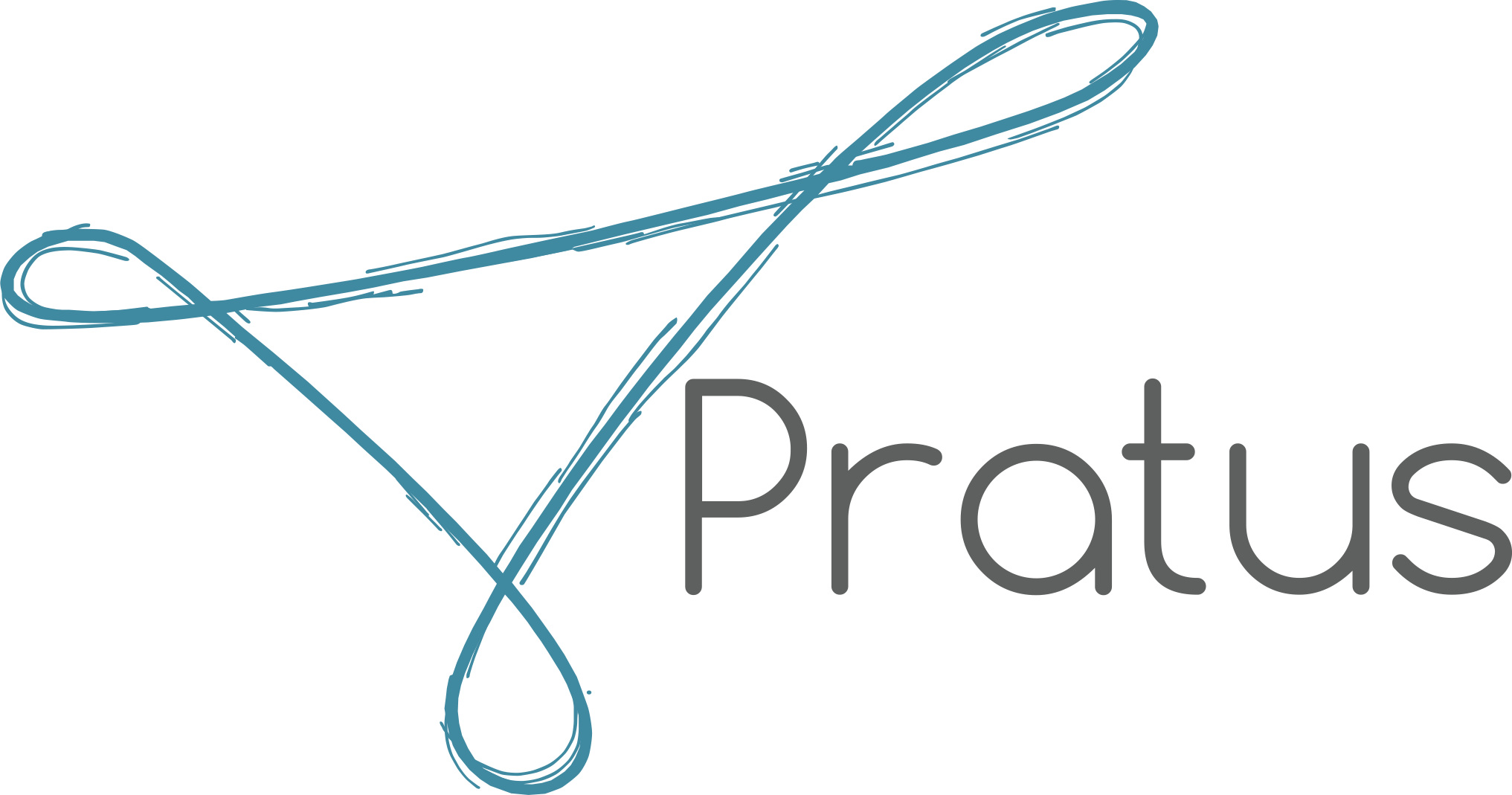In the Town of Newmarket, LEED is the attractive choice
The Region of York, and subsequently the Town of Newmarket, have established two (2) incentive programs tied directly to the achievement of LEED (Leadership in Energy and Environmental Design) certification. The alignment of these development incentives with the LEED for Building Design and Construction (LEED BD+C) rating system is in recognition that LEED offers an excellent roadmap for encouraging and verifying high-performance development. The eligibility requirements differ slightly between the two programs however, one requirement that remains consistent is that buildings must achieve a minimum level of LEED Silver certification.
For York Region, the incentive program is known as the Sustainable Development Through LEED Incentive Program. Projects that achieve LEED BD+C Silver level certification, along with additional requirements surrounding wastewater flow reduction, three stream waste management and transit-oriented development strategies, can qualify for additional servicing capacity assignment credits of up to 30 per cent. What sort of impact does that have on a project’s financials? Well, additional servicing capacity results in an increase in the number of residential units a project can have. Simply put, an increase in units count means an increase in unit sales (or rental income) and therefore, more profit.
The program does mandate that certain LEED credits from the BD+C rating system are achieved, these credits are directly tied to indoor and outdoor water use reduction, stormwater management, construction waste management and sustainable material procurement – key sustainability directives of the Region. These mandated credits represent a total of 10 points - 50 points are required for LEED Silver certification. Developments therefore maintain flexibility to achieve Silver certification in a way that makes the most sense for the project.
For the Town of Newmarket LEED certification is incentivized through a deferral program know was the Town of Newmarket Policy for the Deferral of Payment of Development Charges and Planning Application Fees within Urban Centres. This program provides a 100% deferral of the Town’s Development Charges and a 50% deferral of the Planning Application Fees for both mid-rise and high-rise developments, which include residential, office or mixed-uses.
It may not come as a surprise that development charges are significant. In Newmarket, the development charges for multi-unit residential buildings range anywhere from approximately $12,500/unit to $23,000/unit. For non-residential buildings the rate is $71.82/m2. Deferring these costs provides an opportunity for significant savings for developers. Even better, the deferrals are in effect for a 48-month period (for Planning and Application Fees) and 36-month period (for Development Charges) from the issuance of Building Permit or registration of the condominium, whichever is earlier.
How does LEED come into play for this deferral program? Well, a qualifier for eligibility is that the project is enrolled in the Sustainable Development Through LEED incentive. In other words, you can’t have this one without the other, and you can’t have either without LEED BD+C Silver level certification. It is important to note that eligibility for the deferral program is also tied to the provision of affordable housing. Depending on location, projects will have to provide 25-35% of all new housing units at affordable rates for low- and moderate-income households in addition to achieving LEED Silver status.
Rather the reinvent the wheel the Region of York and the Town of Newmarket have incentivized high-performance building development by aligning their policies with a proven formula for success, the LEED rating system. The LEED framework, coupled with the third-party verification processes, aids in achieving the sustainability directives of the Town of Newmarket and the Region of York’s development and redevelopment targets. Additionally, it provides financial assistance for developers to design and construct increasingly efficient, durable, and resilient buildings that have lower operating and maintenance costs, and higher asset valuations. A win-win for all involved!
